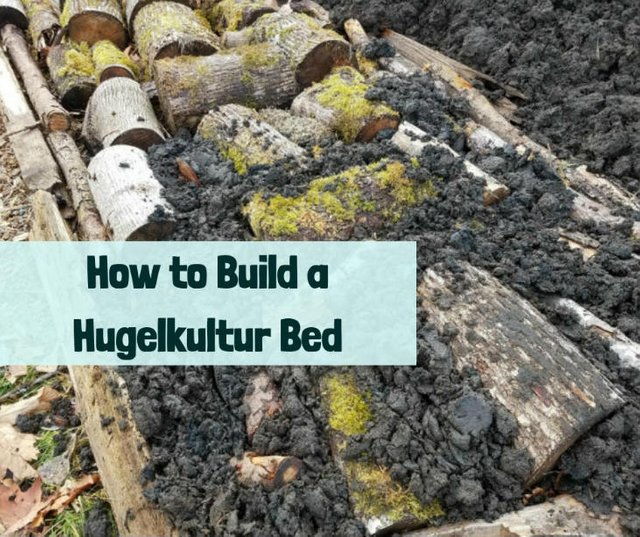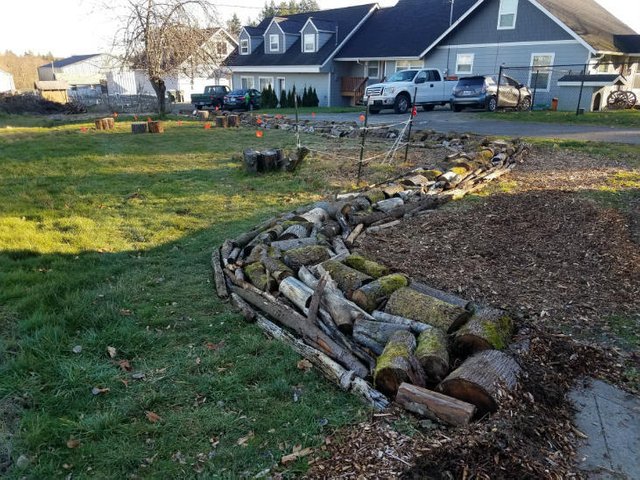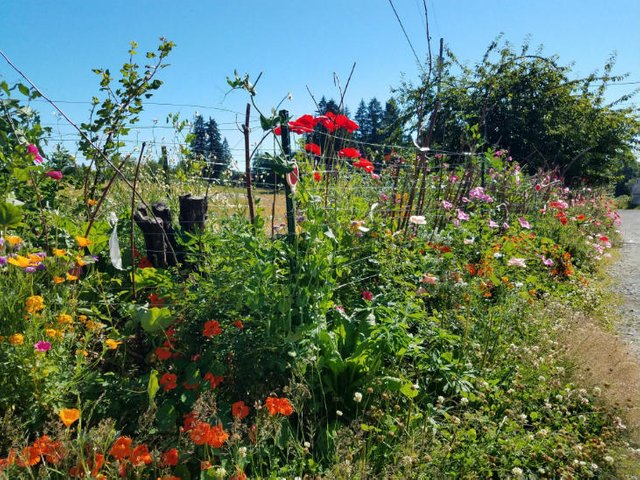Steps to Build a Hugelkultur Bed

Are you familiar with what a hugelkultur bed is but unsure how to build one? Then this blog post—How to Build a Hugelkultur Bed—will help you take the next step and build your own hugelkultur bed.
This is part 3 of a multi-part series all about hugelkultur beds.
- Hugelkultur Beds: The Best Raised Beds for Your Garden
- 5 Hugelkultur Variations and What You Need to Know
- How to Build a Hugelkultur Bed - current post
If you are new to hugelkultur beds then I recommend checking out the first post in the series and then the 2nd to get a feel for the different types of hugelkultur beds.
This week’s post focuses on what you could call the traditional hugelkultur bed. That is the type of hugelkultur bed that is built above ground using logs and soil to fill in the gaps. Though you could easily modify the steps to build your bed partially underground.
Have you built a hugelkultur bed? Leave a reply with any thoughts you have about how it went and what you would recommend to someone just starting out.
Steps to Build a Hugelkultur Bed

The steps to build a hugelkultur bed are actually fairly simple but there are some details that you need to watch out for that can make a big difference.
Here are the 5 steps to build a hugelkultur bed covered in the post.
- Placing the Large Wood
- Adding the First Soil Layer
- Adding the Medium-Sized Wood
- Adding the Second Soil Layer
- Topping the Hugelkultur Bed Off with Mulch
These steps are fairly straight forward, and the post goes into detail on each. Now onto the details I mentioned earlier.
I tend to be very careful while building my hugelkultur beds to make sure there is soil, sod, manure, etc. between every piece of wood. I want all those gaps filled as much as possible to minimize the sinking that can happen.
I also want to make sure that plant roots can easily find their way through the hugelkultur bed without running into dead end air pockets.
This has the added benefit of reducing the number of ready-made homes for rodents and could help keep the hugelkultur bed from drying out during its first year or 2.
After building over 300 feet of hugelkultur beds this strategy has worked well for me. But it does make the build take a lot longer. But since hugelkultur beds are a gift for my future self I think the upfront work is well worth it.
One thing I also recommend that is different than what I see a lot of people doing is to not use small pieces of wood such as branches. I have used these before, but I find that they tend to get in the way when I go to plant later.
If you are just using seeds this is not a problem, but if you are transplanting then the small branches can be annoying.
Though you could just add an extra amount of soil on top, but I find it is easier to stop with the medium sized pieces of wood and just add a good amount of soil on that.
I like to just chop up the small branches and use them as part of my mulch layer. They work great to keep fall leaves from blowing away.
Get Started with Hugelkultur Beds

So are you going to build your own hugelkultur bed? Have you built one already? I would love to hear your thoughts on building hugelkultur beds.
Is there a step I left out that you think is important? Please share it in the comments.
Thank you!

Weekly Blog Post
- 19 Ways to Deal with Drought on the Homestead
- Companion Post on Steemit - 19 Ways to Make Your Homestead Resilient to Drought
Related Blog Posts
- Hugelkultur Beds: The Best Raised Beds for Your Garden
- 5 Hugelkultur Variations and What You Need to Know
Follow me for more posts all about homesteading, working with nature, and growing your own food: @wildhomesteading
And check out my blog - www.wildhomesteading.com for weekly in-depth posts on working with nature to grow your own food and start/build your homestead.
I have 1 small hugelkultur bed where I live. I built it several years ago as a raised bed. I used it to grow onions for a couple of years, but last year I decided to plant 4 blueberry bushes in the bed, it seemed like a better use of the bed. I used pine bark mulch between the bushes to help acidify the soil more for the blueberry bushes, they prefer a more acedic soil, from what I've read about them.
Since I live right in town on a city lot, there's not a lot of space available for more hugul beds here, so the one is all that I built.
That sounds like a great small hugelkultur bed. If you ever want to build more you could try sunken versions. Just dig a trench and then bury the wood down in it and built up with wood and soil until you get a small raised bed. My new garden was done this way because I did not want to have super tall beds.
Thanks for the comment!
Congratulations, your post has been selected to be included in my weekly Sustainability Curation Digest for the Minnow Support Project.
Thank you! :)